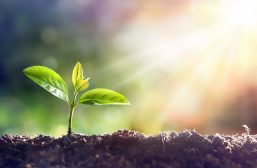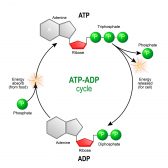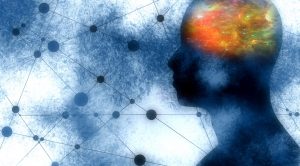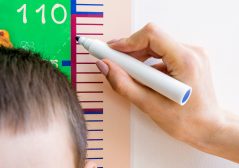Definition
noun, plural: zoogleas, zoogleae
A jelly-like gram-negative aerobic rod-shaped bacterium that aggregates on gelatinous matrices and composed of extracellular polymer strands of polysaccharides.
Supplement
Zoogloea comes from the Greek word and translated as “living glue.” It is an aerobic, chemoorganotrophic, non-spore forming bacteria that normally exhibit as a free living in organically polluted fresh water and waste water at any range of treatment.
These bacteria are set in sharply distinguished columns which stick out to form clusters that comprise the recognized growth form. Its cells are non-pigmented in which the older one may be encapsulated.
These organisms are strong oxidase and weak catalase positive. The formations of flocs and films in liquid media at later period of growth are eminent by fingerlike morphology. Mature colonies are firm and solid that can be easily lifted from agar surface with a needle. Zoogloeas are not particular in its nutrition thus, can be easily cultured on a variety of organic carbon sources in a simple medium.
Ecologically, this organism plays an essential part in wastewater treatment through its capacity to lower biological oxygen demand and by upholding the arrangement of sludge deposits. It is known that typical sludge bacteria are responsible for the formation of sludge flocs wherein these compacted flocs settled at the bottom of the treatment tanks to help out in purification process.
Word Origin: zoo= “living animal” + gloea = “glue”
Scientific Classification:
Domain Bacteria
Phylum Proteobacteria
Class Betaproteobacteria
Order Rhodocyclales
Family Rhodocyclaceae
Genus Zoogloea
Related terms:
• zoogloeal (adjective)
Dictionary > Zoogloea
You will also like...

Soils
Nutrients in the soil are essential to the proper growth of a land plant. This tutorial deals with the properties of soi..

ATP & ADP – Biological Energy
ATP is the energy source that is typically used by an organism in its daily activities. The name is based on its structu..

The Water Cycle
The water cycle (also referred to as the hydrological cycle) is a system of continuous transfer of water from the air, s..

The Origins of Life
This tutorial digs into the past to investigate the origins of life. The section is split into geological periods in the..

Psychiatry & Mental Disorders
Different mental disorders are described here. Read this tutorial to get an overview of schizophrenia, affective mood di..

Physical Development in Humans
This tutorial elaborates on the physical development of humans, particularly from puberty to adulthood. Read this tutori..

